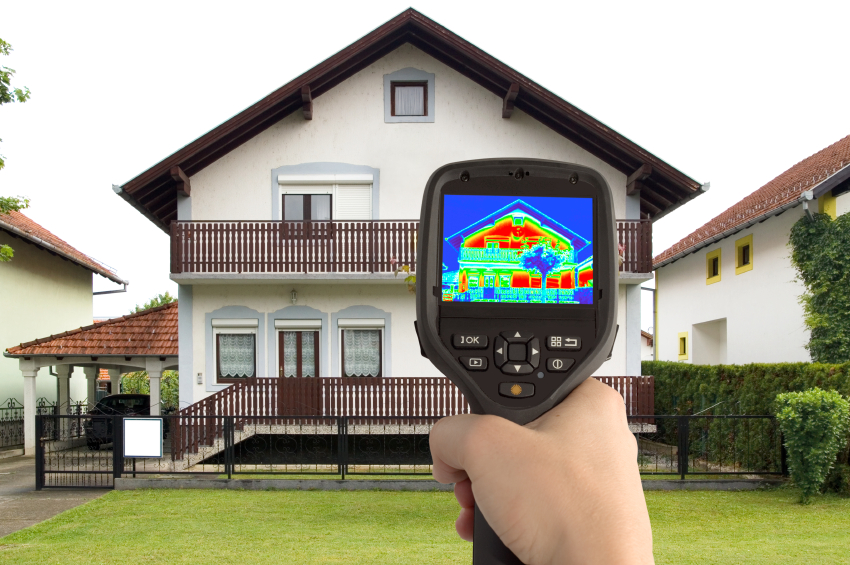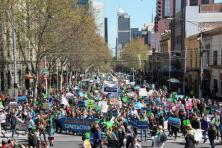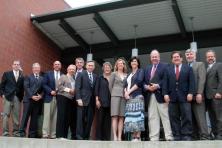As the 2013 Affordable Comfort Inc. National Home Performance Conference kicks off in Denver, CO, it is clear that U.S. communities are far from empty-handed when crafting energy efficiency retrofit programs.
Spurred in part by the Recovery Act, an army of small and large communities nationwide have worked hard to set up, operate, and sustain energy retrofit programs for both the residential and commercial building owners.
Early adopters include the US Department of Energy (DOE) Retrofit Ramp-Up grantees, as well as self-funded programs such as Long Island Green Homes and the Sonoma County Energy Independence Program. Northwest retrofit programs include Clean Energy Works Oregon, Seattle’s Community Power Works, RePower Kitsap, and Whatcom County’s Community Energy Challenge. Insights from these early experiences help to guide the way for communities that are getting started.
Resources for Getting Started
Nationally, DOE’s Better Buildings program has taken pains to help interested communities unpack the complexities of launching and maintaining retrofit efforts as permanent utility, nonprofit, or city-led programs. The local features vary but several ingredients are common:
- Solid partnership involving existing service providers, such as utilities and community weatherization agencies, and a strong workforce of trained and certified professionals
- Keen understanding of local building stock features and potential customer needs
- Capacity within partner organizations to deliver effective marketing and strong customer service
- Funding and staff commitment to sustain the program beyond initial seed funding
The Better Buildings program offers a great suite of online materials and peer exchange calls. The American Council for an Energy-Efficient Economy (ACEEE) and the National Housing Trust also recently released an action guide on how to work with utilities to set up multifamily building retrofit programs.
Communities are looking to states to step up their involvement, too, especially in the critical area of funding. The Washington State Legislature directed $15 million to community energy efficiency providers in 2009, and local programs have asked for $30 million split evenly between the 2013 and 2014 capital budgets. Clean Energy Works Oregon is similarly seeking $10 million from Oregon State lottery funds in 2013.
Finding Permanent Funding
At New Energy Cities, we continue to watch communities and states beyond the Northwest find permanent funding for energy efficiency programs. Massachusetts and Maine, among other Regional Greenhouse Gas Initiative (RGGI) participants, invest the majority of their carbon pricing revenue in utility and local government energy efficiency programs.
In 2012, Boulder, CO voters renewed a citywide carbon tax that has partially funded that community’s popular retrofit program. (See this 2010 case study on Boulder from the Home Performance Resource Center.)
Long Island Green Homes and Sonoma County Energy Independence Program were among the first to break ground with local property assessment clean energy (PACE) models. Although the residential PACE prospects are mixed, commercial PACE appears ready to take off like wildfire in 2013. (See the New Energy Cities April 12, 2013 Weekly Wrap.)
St. Louis County, MO used federal low-interest Qualified Energy Conservation Bonds (QECBs) to finance its residential energy efficiency program. Yes, QECBs are notoriously mind-bending, but don’t write them off completely: the Washington State Housing Finance Commission recently partnered with King County, WA to help small and medium-sized cities access the bonds through the King County Green Community Initiative. The Washington model is attracting national attention.
New developments in energy efficiency finance emerge regularly:
- On March 8, the Pennsylvania State Treasurer announced that Pennsylvania’s Keystone Home Energy Loan Program (Keystone HELP) recently sold nearly 4,700 home energy efficiency loans to private banks in a “secondary market” transaction. This development is a long-sought-after milestone for the retrofit industry, as access to low-cost private capital is considered to be an important piece of the puzzle for scaling up community energy efficiency investments.
- On March 18, Bloomberg reported that California Lieutenant Governor Gavin Newsom proposed a green infrastructure bank to be funded with carbon pricing revenue. Depending on how the bank is designed, this could also theoretically support local government-led retrofit programs.
- On March 29, the New Hampshire Community Loan Fund (CLF) noted that the New Hampshire House of Representatives voted to allocate at least 20 percent of that state’s RGGI proceeds to help low-income homes become more energy efficient. Community development financial institutions like CLF are also potential financial partners for retrofit programs, as Craft 3 has been for both Clean Energy Works Oregon and Community Power Works.
- On May 16, Applied Solutions will hold a webinar about two on-bill financing models for energy efficiency, Clean Energy Works Oregon and Midwest Energy How$mart.
Policies to Drive Energy Efficiency
Funding is just one driver of a successful retrofit program. Policies and technological advances also support participation in retrofit programs, and drive down energy consumption, as energy benchmarking, disclosure, and behavioral efficiency programs are showing in communities like Austin, San Francisco, New York City, and Seattle. ACEEE recently released a helpful review of a handful of existing state and local home energy disclosure policies.
Nonprofit organizations such as Earth Advantage and the Institute for Market Transformation are thought leaders in this area, while “energy intelligence” businesses such as Opower, Honest Buildings, and others are working to move the needle on community energy consumption through easy-to-use energy analysis tools and software applications.
This is all good news for the New Energy Cities team as we are hard at work helping the City of Issaquah, WA develop an aggressive energy efficiency strategy for its commercial and residential buildings. A quick look at the 2012 Energy Map we created for the Issaquah community shows why: residential and commercial buildings combined represent almost two-thirds of Issaquah’s energy consumption and GHG emissions.
A successful building retrofit program could help the Issaquah community significantly reduce energy demand and in turn begin to chip away at its bold GHG reduction goal. Fortunately, cities like Issaquah that are just starting out on the community retrofit path have a lot of retrofit models to copy and adapt.




